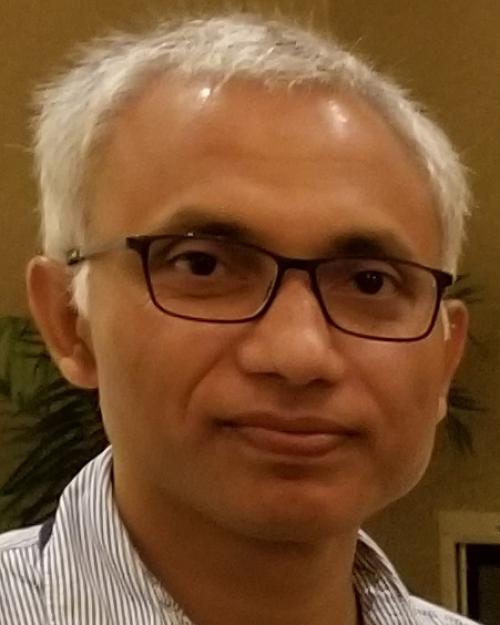
In-band coexistence in legacy communication bands and spectrum shared communications
Presentation Menu
With the advent of Internet of Things, the growing need for rural broadband access, and pervasive coverage and connectivity interest via space-air-ground networks, managing dynamic requirement of spectrum and its scarcity has become a major research focus. To address the challenges associated with the increased demand of wireless spectrum, one approach is to improve spectrum utilization. While higher frequencies are suited for short-range point-to-point communication, regulatory agencies worldwide have also been focusing on the efficient reuse of the lower frequency bands, e.g., television (TV) and location services (GPS/NAVIC) bands, for non-broadcasting purposes. Besides, co-usage of spectrum bands is being explored for higher spectral efficiency. In this talk we will discuss in-band coexistence in the active broadcast bands, e.g., digital terrestrial television (DTT) and fixed satellite service (FSS) bands, also called TV gray spaces (TVGS) or TV black spaces (TVBS), as opposed to TV white spaces (TVWS). We will discuss one-sided in-band coexistence without necessarily maintaining the spatial and spectral `distance’, wherein the legacy users need to be protected while the coexisting entities aim to fulfil their required service quality by exploiting the unique transmission and signaling features of legacy transmissions and by dynamically adapting its transmission and interference mitigation abilities. We will then discuss the possibilities of spectrum shared communications, wherein the coexisting parties participate for their respective communications over a common band by mutually adapting their transmission needs and interference management at the receiver, with as well as without the presence of a spectrum controller. We will also briefly highlight how the ORAN or equivalent open platforms and learning-aided technologies can be effectively utilized in realizing the in-band coexistence and spectrum sharing approaches in dynamically changing spectrum availability/requirement scenarios, as in aerial-aided communications.
